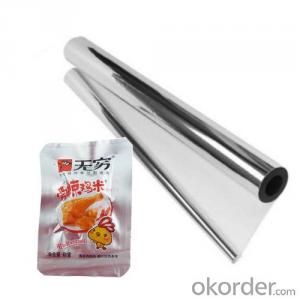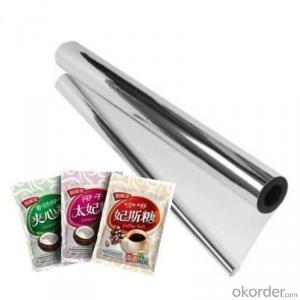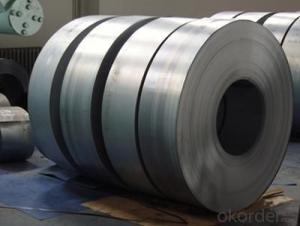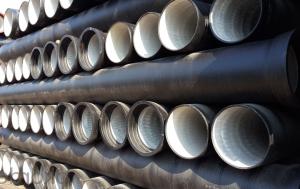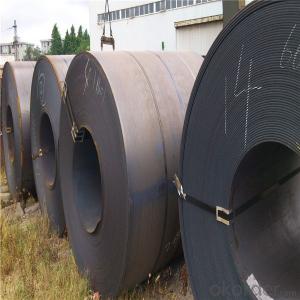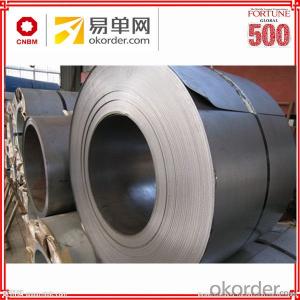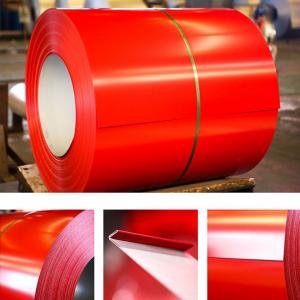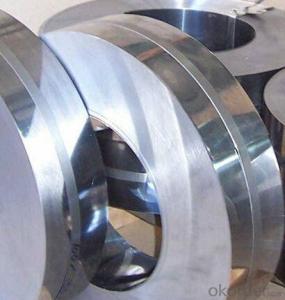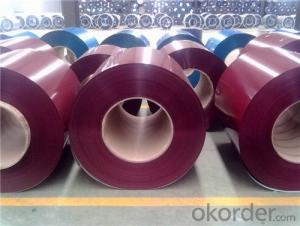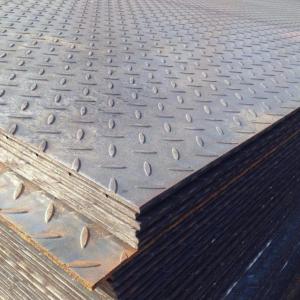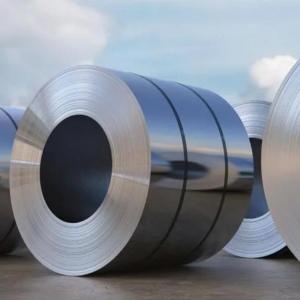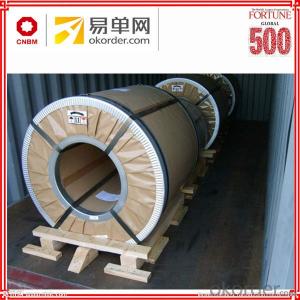Pickling Of Stainless Steel
Pickling Of Stainless Steel Related Searches
Shiny Or Dull Side Of Aluminum Foil For Cooking Inverter For 100w Solar Panel Solar Panel Inverter For Rv Pvc Tiles For Walls Wall Lights For Bedrooms Inverter Ac With Solar Panel Solar Panel With Inverter Kit Solar Panel Kits With Inverter Solar Panel With Inverter Direct Roving For PultrusionHot Searches
Steel Mesh Panels For Sale Type Of Inverter For Solar Price Of Shipping Containers For Sale Types Of Inverter For Solar Aluminum Bar Stock For Sale Bags Of Cement For Sale Types Of Temporary Side Panels For Cement Deck Cost Of Awnings For Decks Type Of Scaffolding With Pdf Price Of Scrap Stainless Steel Price Of Stainless Steel Scrap Price Of Stainless Steel Galvanized Steel Scrap Price Type Of Stainless Steel Types Of Stainless Steel Grades Types Of Stainless Steel Aluminum Corp Of China Stock Types Of Scaffolding In Construction Pdf Stainless Steel Factory Stainless Steel TypePickling Of Stainless Steel Supplier & Manufacturer from China
Okorder.com is a professional Pickling Of Stainless Steel supplier & manufacturer, offers integrated one-stop services including real-time quoting and online cargo tracking. We are funded by CNBM Group, a Fortune 500 enterprise and the largest Pickling Of Stainless Steel firm in China.Hot Products
FAQ
- Some common coil handling challenges include the difficulty in safely lifting and moving heavy coils, ensuring proper alignment and positioning during handling, preventing damage to the coils or surrounding equipment, and efficiently managing coil storage and retrieval.
- Steel coils are used in the manufacturing of oil and gas equipment as they provide strength and durability to withstand harsh conditions. These coils are often shaped and welded to create various components such as pipes, tanks, and pressure vessels. Additionally, steel coils are also used in the fabrication of structural frames and supports for oil and gas equipment, ensuring stability and reliability in the industry.
- The dimensions of steel coils used in the HVAC industry can vary depending on the specific application and requirements of the system. However, there are standard dimensions that are commonly used. One common dimension for the width of steel coils used in HVAC systems is around 24 inches (or 2 feet). This width allows for efficient airflow and heat transfer within the system. The thickness of the steel coils can also vary, but a common range is between 0.020 inches to 0.060 inches. Thicker coils may be used for heavy-duty applications or systems that require higher performance, while thinner coils are suitable for lighter-duty or more cost-effective systems. As for the length of the coils, it can also vary depending on the specific needs of the HVAC system. Coils are often produced in standard lengths, such as 50 feet or 100 feet, but they can be customized to meet specific requirements. It is important to note that these dimensions are just general guidelines and can vary depending on the manufacturer, supplier, and specific HVAC system requirements. Consulting with industry professionals or manufacturers can provide more specific information on the dimensions of steel coils for a particular HVAC system.
- In the industry, there are various steel coil packaging techniques commonly used. These techniques aim to safeguard the steel coils throughout storage, transportation, and handling, ensuring their arrival in excellent condition. One technique utilized is called "eye-to-the-sky" packaging, where the steel coils are vertically stacked with the coil's eye facing upward. They are then secured using steel strapping or banding. This method is commonly employed for smaller coils and effectively shields against damage caused by handling and transportation. Another typical packaging technique is "eye-to-the-wall" packaging. Here, the steel coils are horizontally stacked with the coil's eye facing the wall. They are also secured using steel strapping or banding. This particular method is often used for larger coils and provides enhanced stability during transportation. "Shrink-wrapping" is a third packaging technique wherein the steel coils are tightly wrapped in plastic shrink-wrap material. This offers protection against moisture, dust, and other contaminants. Shrink-wrapping is especially useful when steel coils need to be stored or transported outdoors or in harsh environments. Moreover, certain steel coil packaging techniques involve the usage of wooden pallets or skids. The coils are placed on these pallets or skids, which provide a stable base and enable easy handling using forklifts or other equipment. Additionally, the coils can be secured to the pallets or skids using steel strapping or banding. Ultimately, the selection of a steel coil packaging technique depends on factors like coil size, transportation requirements, and environmental conditions. By choosing the appropriate packaging technique, steel coils can be adequately protected and delivered to their destination without any damage or deterioration.
- Steel coils are inspected using various methods such as visual inspection, ultrasonic testing, magnetic particle inspection, and eddy current testing. These techniques help identify any defects, irregularities, or damages in the steel coils, ensuring their quality and suitability for further processing or use.
- Steel coils are used in the manufacturing of body reinforcements by being shaped and welded to form sturdy structural components, such as pillars, beams, and frames, that provide strength and rigidity to the vehicle's body structure.
- The common coil coating materials include polyester, polyurethane, polyvinylidene fluoride (PVDF), silicone polyester, and epoxy.
- Steel coils can have a significant impact on the quality of finished products. Their quality, including dimensions, surface condition, and mechanical properties, directly affects the final product's strength, durability, and appearance. Coils with inconsistent dimensions or surface defects can lead to uneven or weak finished products. Similarly, if the mechanical properties of the coils do not meet the required specifications, it can compromise the performance and functionality of the end product. Therefore, ensuring the high quality of steel coils is crucial for achieving superior finished product quality.



















